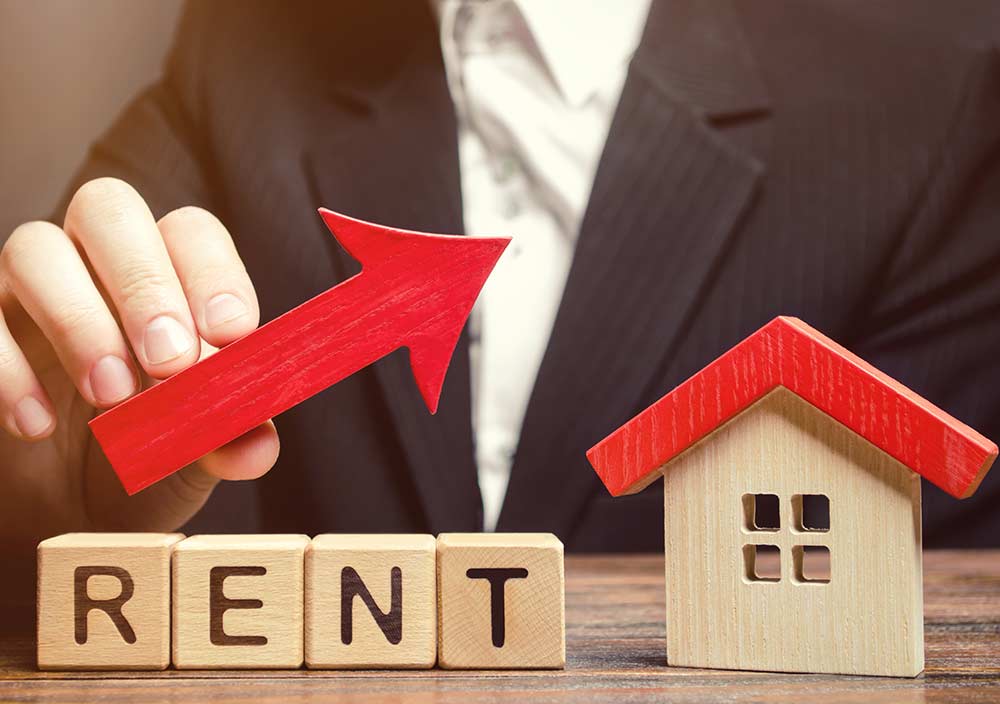It’s been a tough time for tenants lately, particularly in our capital cities like Brisbane. Rent has gone through the roof and rental properties are harder and harder to come by. We’ve endured the biggest rent rise in 14 years in Australia, and unfortunately it’s the tenants who bear the brunt of it. Let’s look at some of the statistics of the current rental crisis.
The Rising Rates in Statistics
Research firm CoreLogic’s quarterly rental review for Quarter 2 of 2022 provided some strong insights into the current status of the rental market:
– The national rental index increased 0.9% in the month to June and 2.9% over the June quarter.
– Weekly rental prices have surged by 7% since June last year.
– National dwellings have recorded the highest annual growth in rental values since December 2008.
– Vacancy rates across national dwellings fell to a record low of 1.2%.
– Brisbane rents rose 3.9% over the quarter.
– Capital city rents increased 3.0% over the June quarter.
For landlords, this indicates strong rental growth. For tenants, it can be an indicator of tricky times, particularly if they’re looking for a property. Occupancy is high, less properties are coming onto the rental market and rental prices seem to be continuing upwards.
Why Have We Got a Growing Rental Crisis in Australia?
At its core it’s a supply and demand issue. Demand is outstripping supply, so price is going up. People need to pay more to secure a home to live, because there aren’t enough rental properties to go around essentially. So why is there so much demand and so little supply? There are a number of reasons:
– There was larger than normal ‘household formation’ during the lockdown. This is because rental prices plummeted, so more people moved out of home and created their own households.
– There was a rise in returning residents to Australia, with overseas based citizens returning home to evade the pandemic. Many have returned permanently to Australia and need places to live. With borders now reopening and the usual migration resuming, there is going to be continued pressure on the rental market form new arrivals.
– There has been a decline in the approval of new dwellings to be built. This is due to the increase in the cost of raw materials because of the Ukraine conflict and supply line disruptions thanks to the pandemic.
– The Morrison government’s Homebuilder Program, designed to support the construction industry during the pandemic, came to an end. This caused a drop in the number of people wanting to build new properties.
Coupled with the supply and demand issue is the fact that interest rates are on the rise. Inflation is going up in Australia, and to curb it the Federal Reserve has been steadily raising the cash rate over the last couple of months. This means landlords with mortgages are paying more, and generally they’ll be happy to pass on those extra costs to their tenants. Hence rent is rising.
Where Will it Lead?
Inflation is an issue across the globe right now, and Australia certainly hasn’t been spared. If interest rates continue rising and there is no change to the supply chain issues hampering world logistics, it’s unlikely rental prices are going to come down at all. Particularly as we are going to reach pre-covid migration levels again.
However, they are likely to soften and stabilise somewhat. There is already evidence of that happening in regional areas according to realestate.com.au: “in certain regional areas rental pressures are easing, with more stock for rent and properties taking longer to lease.”
If you’d like to chat about the strong rental market and the affect it could have on you as a landlord or potential landlord, please get in touch with The Henry Wong Team®. Henry would love to answer your questions.




